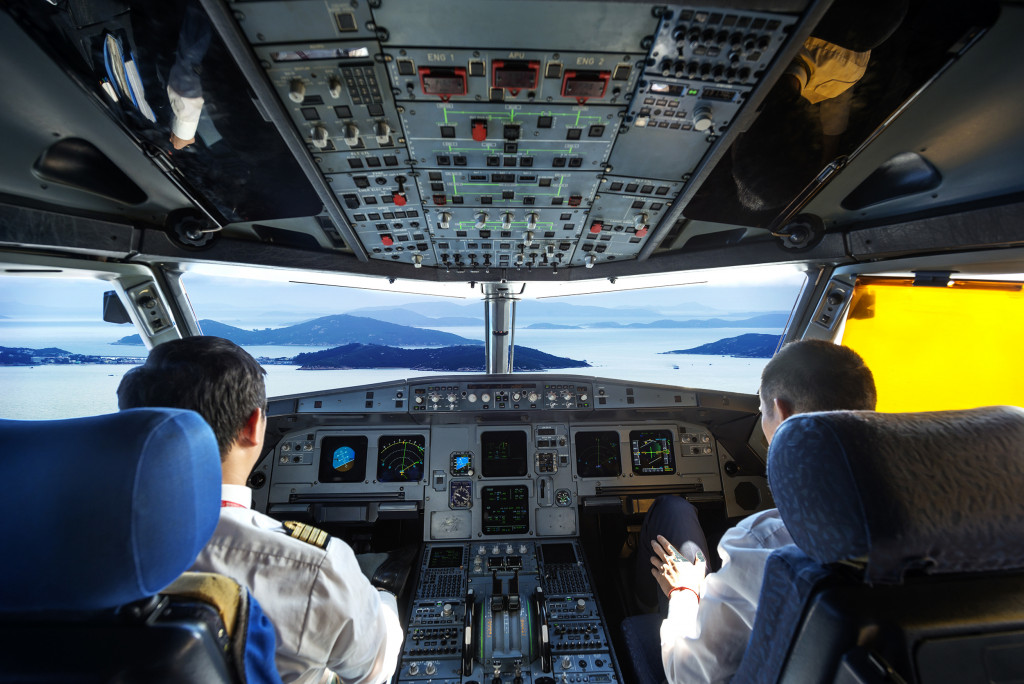The global aviation industry is in the midst of a digital transformation driven by the widespread adoption of new technology and changes in consumer behavior. One of the most significant recent developments has been the growth of the “Internet of Things” (IoT), which refers to the interconnected network of physical objects and devices that can collect and share data.
The IoT has a profound impact on every aspect of the aviation industry, from air traffic control and aircraft maintenance to in-flight entertainment and passenger experience. This blog post will take a closer look at how the IoT is transforming the aviation industry and what it means for engineers who work in this field.
In-flight Entertainment and Passenger Experience
One of the most visible ways that the IoT is transforming the aviation industry is in the area of in-flight entertainment and passenger experience. Airlines are increasingly using connected devices and sensors to provide a more personalized and engaging experience for passengers.
For example, some airlines use weight sensors under passenger seats to track how full the cabin is and adjust food and beverage service accordingly. Other airlines are experimenting with facial recognition technology to speed up boarding times and enhance security. And several airlines have already introduced “smart” lavatories that use sensors to track usage patterns and notify maintenance crews when they need to be cleaned.
These are just a few examples of how airlines use IoT to improve the passenger experience. As consumers become more accustomed to connected devices in their everyday lives, they will expect similar levels of convenience, customization, and personalization when they travel by air. Airlines that can meet these expectations will be well-positioned to succeed in the years ahead.
Aircraft Maintenance
Another area where the IoT has a major impact is aircraft maintenance. In the past, aircraft underwent scheduled maintenance checks every few months or years, regardless of whether they actually needed it. This approach was both time-consuming and expensive, not to mention often resulting in perfectly good aircraft being taken out of service unnecessarily.
However, thanks to advances in sensor technology, it’s now possible to monitor aircraft in real-time and identify potential problems before they cause any disruption. For example, sensors can be used to track engine performance, fuel consumption, cabin pressure, tire pressure, and other critical data points. This information can then be transmitted wirelessly to ground crews, who can take action before an issue becomes a major problem.
Not only does this reduce downtime for aircraft, but it also helps airlines save money on maintenance costs. In fact, some experts believe that real-time monitoring could help reduce global aviation fuel consumption by 2 percent, representing a savings of billions of dollars each year.

Improved Safety With Real-time Monitoring and Response
In addition to reducing maintenance costs, the IoT is also helping to make aircraft safer. One way it does this is by increasing the accuracy of aircraft weight and balance calculations. Historically, these calculations have been based on averages and guesswork, but with the help of sensors, it’s now possible to get a more precise reading of an aircraft’s weight and center of gravity. This information is then transmitted to the flight crew before takeoff, so they can make any necessary adjustments.
The IoT is also helping to improve aircraft safety by enabling real-time monitoring of aircraft systems. For example, suppose there’s a problem with an aircraft’s engine. In that case, the ground crew can immediately use aircraft sensors for a quick and efficient response, which can help avoid potential accidents.
At the same time, aircraft towbars can be used to quickly and safely move aircraft around on the ground. This is especially helpful during aircraft de-icing, which is a time-consuming and potentially dangerous process. By using aircraft towbars, airlines can reduce the amount of time an aircraft spends on the ground, which reduces the chance of an accident.
Another example of IoT-related aircraft safety is evident in how some aircraft are now equipped with “black box” data recorders that use sensors to monitor aircraft systems and automatically transmit data in the event of a crash. This information can then be used to improve aircraft safety in the future.
In the years ahead, the IoT will likely have an even greater impact on the aviation industry. As aircraft become more connected, airlines can take advantage of new opportunities to improve the passenger experience, reduce costs, and enhance safety. As the IoT continues to evolve, it will bring even more changes to this dynamic industry—making it an exciting place for engineers to work.





